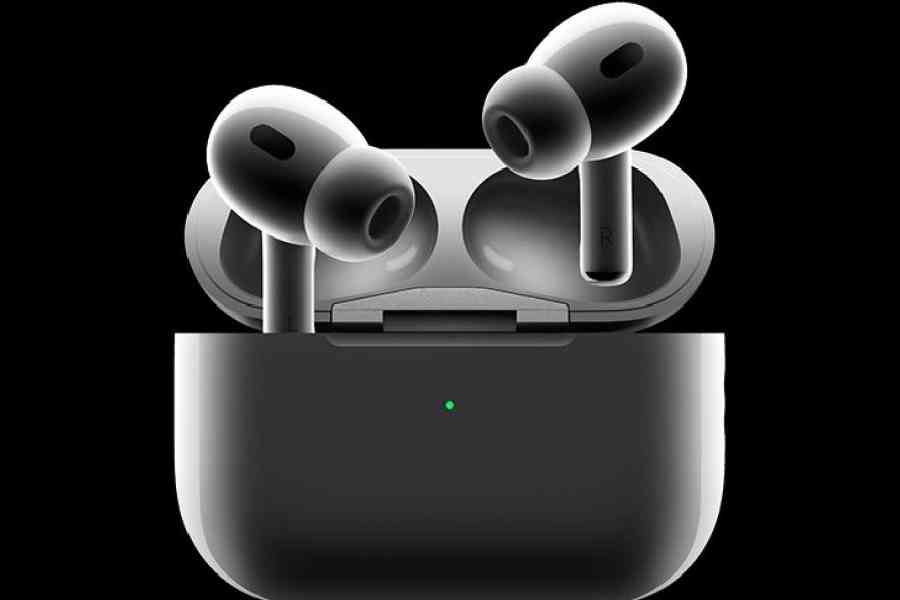Recently, I’d been trying to find out whether the way to hear and be heard in a dining room filled with booming speakers and screaming diners might be as simple as wearing a pair of earbuds. To put it to the test, I needed something I usually try to avoid: a hellishly loud restaurant.
As you may have heard, Apple announced that it would soon introduce new software enabling its AirPods Pro 2 earbuds to act as over-the-counter hearing aids for mild to moderate hearing loss. What you may not know is that the AirPods Pro 2 already come with a setting that can turn up the volume on the voices of people you’re talking to and another one that tamps down background noise. Other earbud makers, including Sony, Samsung, Beyerdynamic and Sound core, also offer functions meant to make conversation easier in noisy places. AirPods outsell them all, though, which is why I wore a pair to several Manhattan restaurants known to wreak mayhem on the eardrums.
Inside two restaurants on the stretch of the Lower East Side that some people call Dimes Square, I ran into a problem I hadn’t expected: the dining rooms weren’t very loud. This is not the usual complaint about Dimes Square, but it was a warm night, and more people were eating outside than in.
Both restaurants had also thrown open their windows. This meant that sound waves, instead of bouncing off the glass to bombard the ears of everybody indoors, went sailing out of the room like paper planes.
Even though the din wasn’t as murderous as I’d hoped, it did lead to a discovery I hadn’t expected. I went with a friend who also owns an AirPods Pro 2 set. Each time he plugged them into his ears and turned down the background noise, he dropped his voice to a murmur, as if he were in a genuinely quiet room. Nice for him, but I could barely hear a word he said — even with the help of my own AirPods.
Manhattan restaurant Tao Downtown has no windows or outdoor seating. As our host took a right at a reclining Buddha the length of a moving van and led us down the 40-foot staircase to the sunken dining room, I saw full tables everywhere. The music was thumping along. It wasn’t hellishly noisy, but it would do.
My AirPods didn’t make the thumping disappear. They helped a lot, though. It was as if I’d dialled the volume down to three from seven or eight. My dinner guest across the table came through clearly. I could hear him without my AirPods, too, but I had to work at it — leaning forward, watching his lips and making other small efforts that can add up to make a night in a noisy space exhausting.
A couple on a date with tiny speakers plugged into their ears may strike us as unromantic, but it shouldn’t if it helps them talk to each other. Diners have different hearing abilities and different ideas of a good time. My signal may be your noise, and vice versa. The restaurant that can please all sets of ears does not exist.
So why aren’t more people tweaking the volume of crowded rooms to their own preference? In the case of AirPods, one answer may be that Conversation Boost and Ambient Noise Reduction are so well buried in the settings that each time I wanted to switch them on, it was like crawling through a heating duct in the ceiling.
Conversation Boost uses directional microphones to isolate and amplify voices that are directly in front of the listener. Ambient Noise Reduction dampens sound coming from other angles. Both functions are nested inside the Accessibility settings, where people who don’t believe they have hearing loss aren’t likely to look. They should become easier to find when the hearing-aid and hearing-test functions are rolled out in the future.
Based on my experiments, I would not suggest buying a pair of AirPods Pro 2 just for these features. But if you already own them or one of the other earbuds that have similar settings, I would recommend taking them out for dinner. Even a modest improvement could make the difference between real communication and silent rage.
NYTNS











